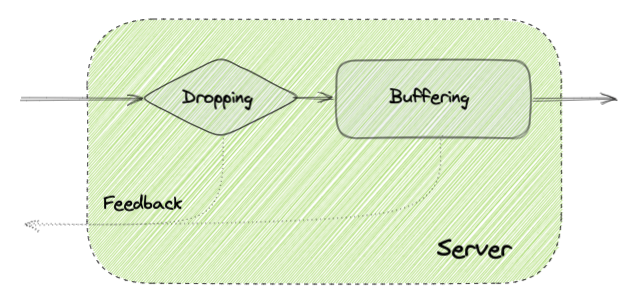Different types of latency measurements in WebRTC

When building WebRTC services one of the most important metrics to measure the user experience is the latency of the communications. The latency is important because it has an impact on the conversational interactivity but also on video quality when using retransmissions (that is the most common case) because the effectiveness of retransmissions depend on how fast you get them. And to be fair at the end of the day latency is what differentiates Real Time Communications from other types of communications and protocols like the ones used for streaming use cases that are less sensitive to delays, so it is clear that latency is an important metric to track. However there is no single measurement of latency and different platforms, APIs and people usually measure different types of latency. From what I've seen in the past we can see differences in these four axis described below. One Hop latency vs End to End latency When there are multiple servers involved in a conv...

